Neonatal Ventilator and Its Settings: A Complete Guide for Clinicians
Mechanical ventilation is a lifesaving support for newborns with respiratory failure. The neonatal ventilator manages neonatal ventilation modes and fine-tunes neonatal ventilator settings to balance oxygenation and ventilation while protecting fragile lungs.
1. Understanding Neonatal Ventilation Modes
SIMV neonatal (Synchronized Intermittent Mandatory Ventilation)
Delivers set breaths per minute that are synchronized with spontaneous breaths, allowing the infant to breathe between mandatory breaths. Useful for weaning and infants with moderate effort.
AC ventilation neonatal (Assist Control or Patient-Triggered Ventilation)
Each spontaneous breath triggers support at preset pressure or volume; a backup rate ensures ventilation if the infant is apneic.
Flow‑cycled, patient-triggered mode that assists spontaneous breaths. The clinician sets PS between PIP and PEEP, typically 50‑75% of VT, and no backup rate unless combined with SIMV.
Volume Guarantee (VG)
Available with SIMV or AC, it targets a set tidal volume (VT). The ventilator automatically adjusts PIP to achieve the target VT—typically 4‑6 ml/kg in neonates
High-Frequency Ventilation (HFOV / HFJV)
Delivers extremely high rates (up to 900 breaths/min or 10–15 Hz) at very low VT (often less than dead space). HFOV uses oscillatory pressure around a constant mean airway pressure (MAP). Ideal for severe RDS, air leaks, pulmonary edema, or atelectasis.
NAVA (Neurally Adjusted Ventilatory Assist)
Uses diaphragm electrical activity (EAdi) to synchronize and proportionally support each breath—showing promise in reducing asynchrony and improving comfort
2. Initial Neonatal Ventilator Settings
For Conventional Mechanical Ventilation (CMV: SIMV or AC + VG + PS)
Typical initial settings for a neonate in moderate distress or RDS:
-
VT: 4–6 ml/kg (sometimes up to 7 ml/kg in term infants); adjust in 0.5 ml/kg increments depending on pCO₂/pH
-
Rate (RR): 30–60 breaths per minute; often set at 40 initially, increase if no spontaneous effort or high pCO₂
-
PIP: Usually 16–24 cm H₂O (15–20 cm H₂O for very low birth weight infants, up to 25 cm H₂O for near-term infants)
-
PEEP: 4–8 cm H₂O (typically start at 5–6 cm H₂O) to maintain FRC and oxygenation
-
Inspiratory Time (iT): 0.3–0.5 s (preterm lower at ~0.3, term at ~0.4–0.45 s); I:E typically 1:2 or 1:3, or equal in higher RR
-
FiO₂: Adjust to SpO₂ target of 88–92% for preterm; >94% for term infants
-
PS: When used, set at ~ (PIP–PEEP)/2, minimum 4–6 cm H₂O, to support spontaneous effort
For High-Frequency Oscillatory Ventilation (HFOV)
Used when conventional ventilation fails or lung protection is critical:
-
MAP: 10–16 cm H₂O (often 1–2 cm H₂O higher than on CMV)
-
Frequency: Typically 8–12 Hz (10 Hz common; up to ~15 Hz in extremely preterm)
-
Amplitude / Power: ~2 × MAP; increased until visible chest vibration and acceptable pCO₂
-
PEEP / MAP: Same as MAP for HFOV; bias flow kept as per device specs to maintain FRC and gas exchange
-
FiO₂: Titrate down as oxygenation improves
3. Titrating Settings: Oxygenation vs Ventilation
-
Oxygenation (PaO₂ / SpO₂) is managed via FiO₂ and PEEP. Raise PEEP before increasing FiO₂ to avoid oxygen toxicity; but watch for barotrauma or decreased cardiac output with excessive PEEP
-
Ventilation (PaCO₂) is adjusted through Rate (RR) and VT. Increasing either increases minute ventilation
Blood gases should be rechecked 15–30 minutes after any ventilator adjustment to guide further changes
4. Weaning Strategies
-
Gradually reduce FiO₂, PIP, RR, or VT, allowing the infant to take more spontaneous breaths.
-
Transition from CMV (e.g. SIMV + VG) to PSV + VG or PSV alone as tolerated
-
MMV (Mandatory Minute Ventilation) can aid in weaning—automatically adjusts mandatory breaths if spontaneous minute ventilation is inadequate and reduces ventilator exposure
-
Monitor for readiness to extubate and transition to noninvasive support (e.g. CPAP, NIPPV, nHFOV).
5. Advanced and Non-Invasive Modes
-
NIPPV (Non-Invasive Positive Pressure Ventilation) supports breathing via nasal prongs and synchronized breaths—reduces extubation failure and supports alveolar recruitment
-
nHFOV uses nasal high-frequency oscillation (5–8 Hz; 300–480 breaths/min) and offers improved CO₂ clearance vs CPAP
-
BiPAP provides dual-level PEEP with synchronized support—often more successful than CPAP alone in RDS
6. Risks & Monitoring
Complications of neonatal mechanical ventilation include pneumothorax, airway trauma, bronchopulmonary dysplasia (BPD), and ventilator-associated lung injury. Careful monitoring of chest movement, breath sounds, and blood gases is essential
Example Initial Settings Table for RDS (Term Preemie)
| Parameter | Typical Starting Range |
|---|---|
| Mode | AC + VG / SIMV + VG + PS |
| Tidal Volume | 4–6 ml/kg |
| Rate | 40 bpm (30–60) |
| PIP | 16–24 cm H₂O (adjust per compliance) |
| PEEP | 5–6 cm H₂O |
| iT | 0.3–0.45 s |
| FiO₂ | Start ~40%; adjust per SpO₂ target |
| PS | (PIP–PEEP)/2, ~4–6 cm H₂O |
Conclusion
The neonatal ventilator is an essential tool for managing neonatal respiratory failure. Mastery of neonatal ventilation modes—like SIMV, AC, PSV, VG, HFOV, and newer modalities like NAVA—is critical. Careful titration of neonatal ventilator settings such as PIP, PEEP, VT, RR, iT, and FiO₂, guided by blood gases and bedside assessment, enables a lung-protective strategy. With thoughtful adjustments and weaning protocols, clinicians can support neonates effectively while minimizing complications.
Read this:https://thehealthwale.com/
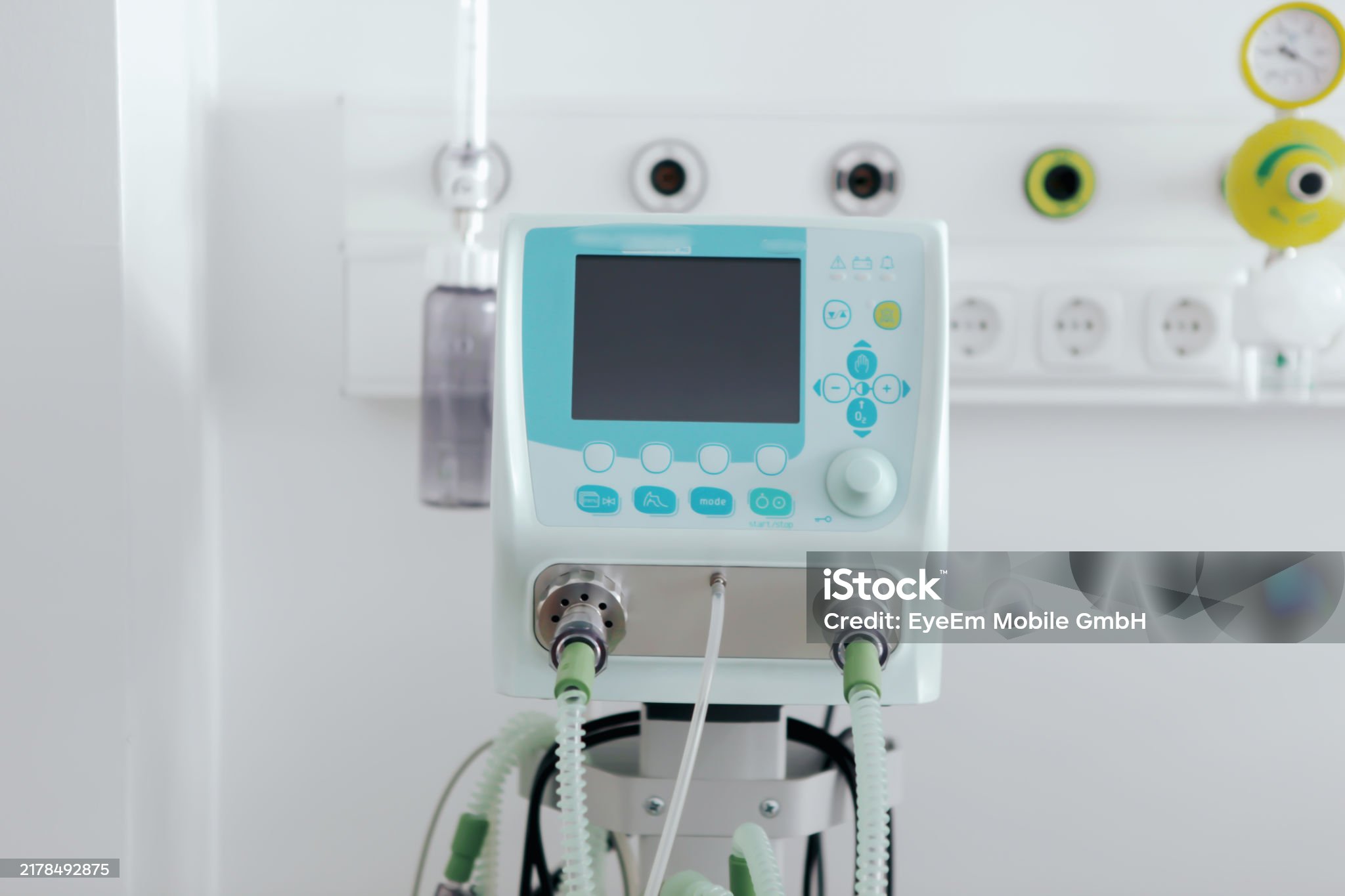
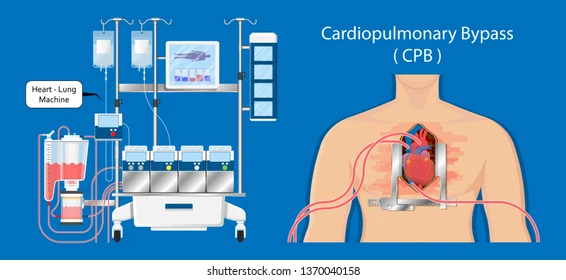
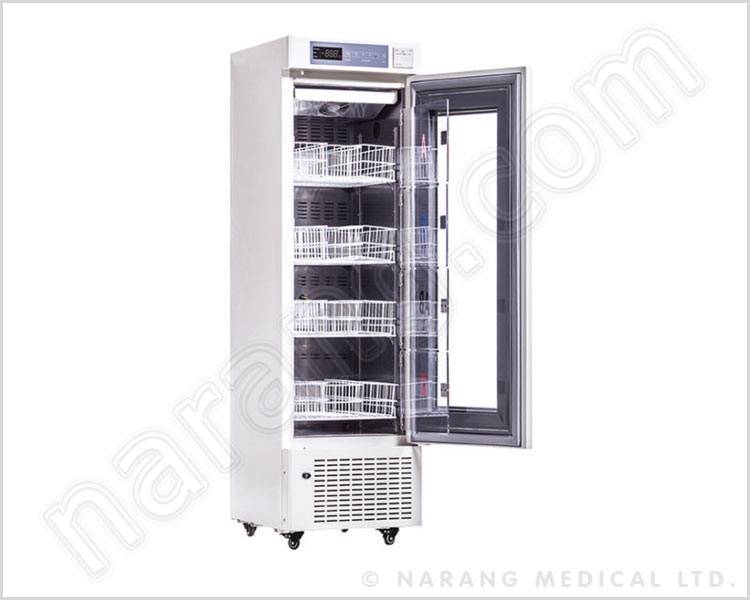
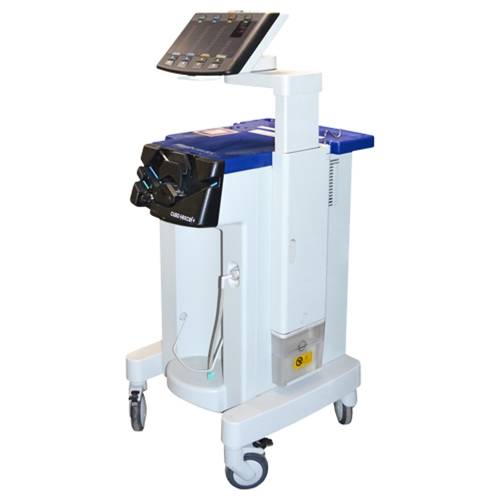
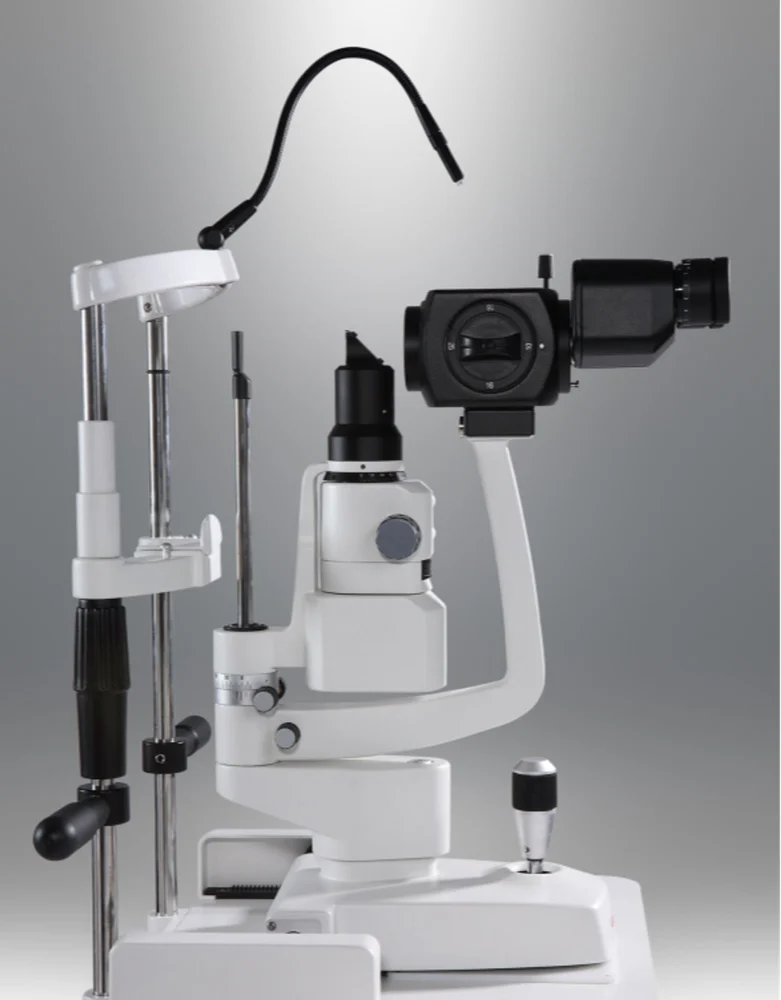
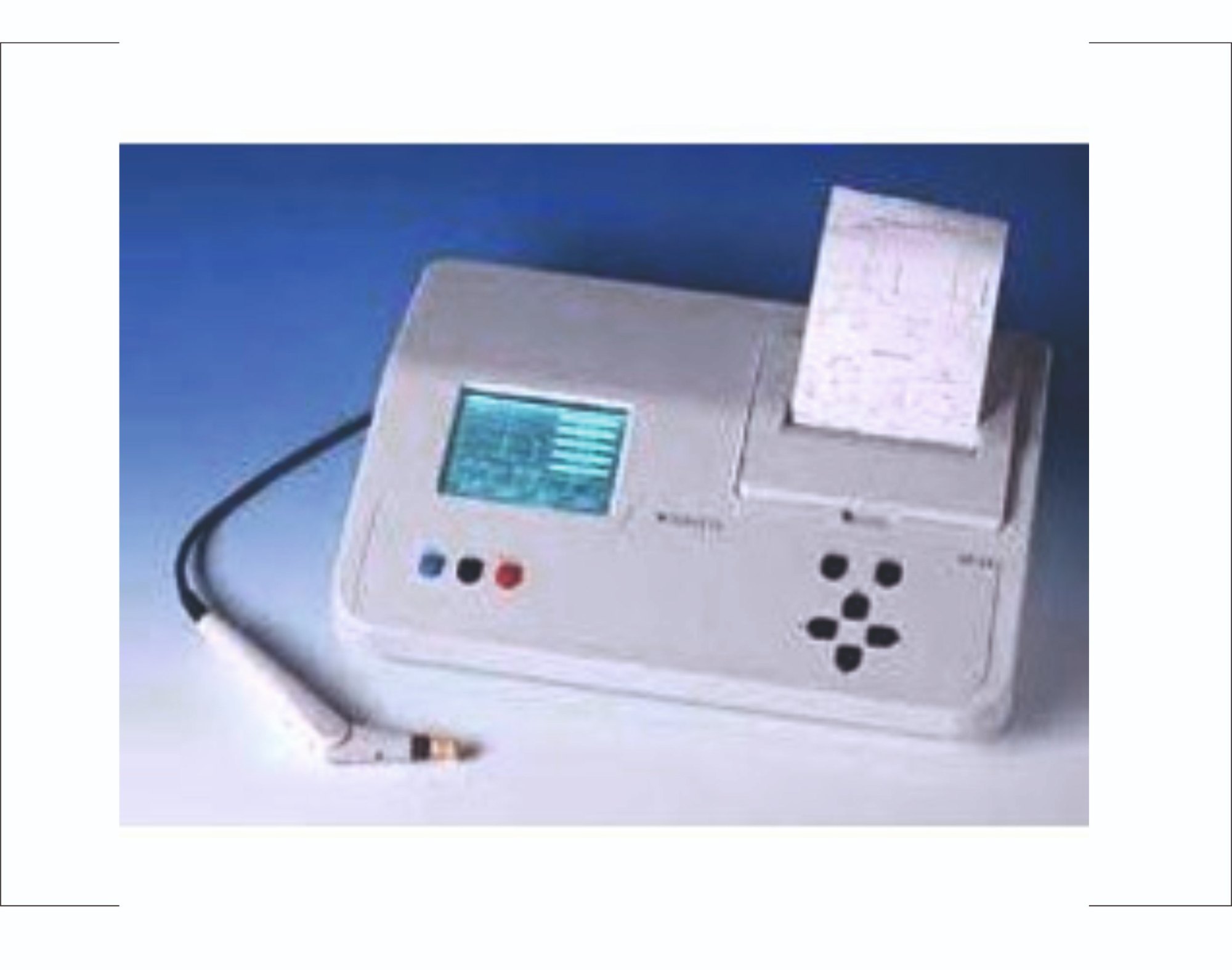
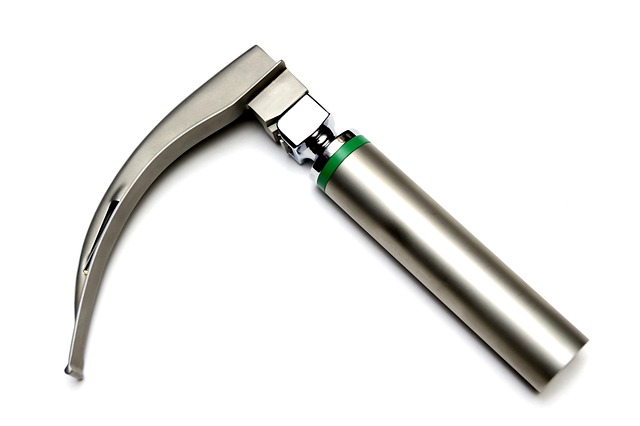
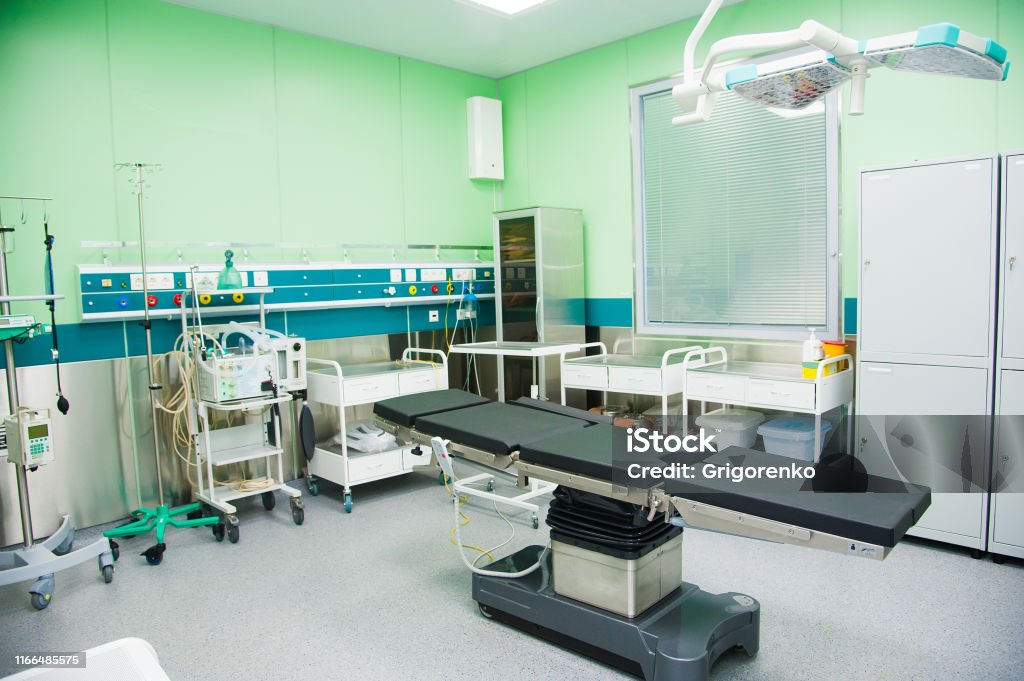
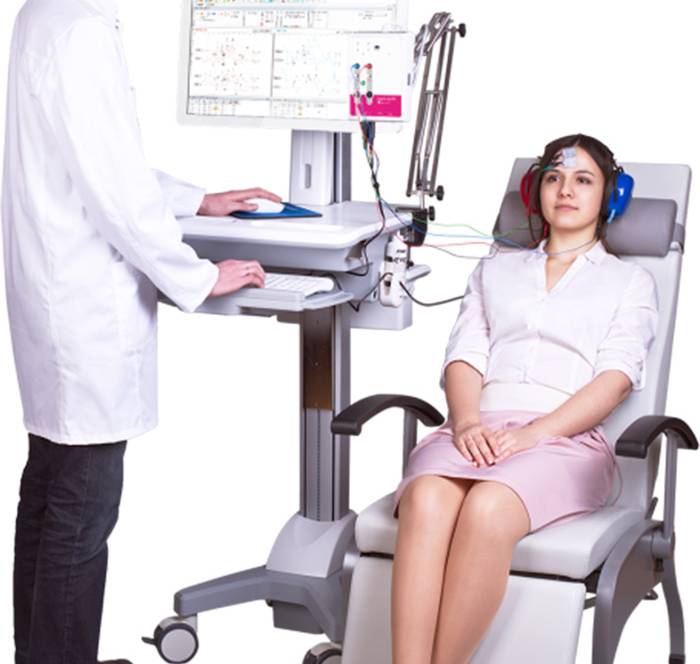
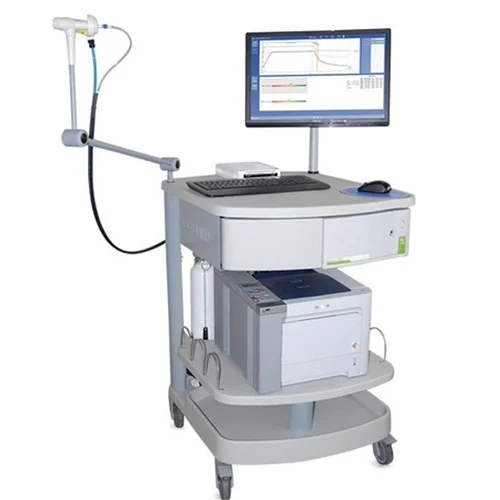
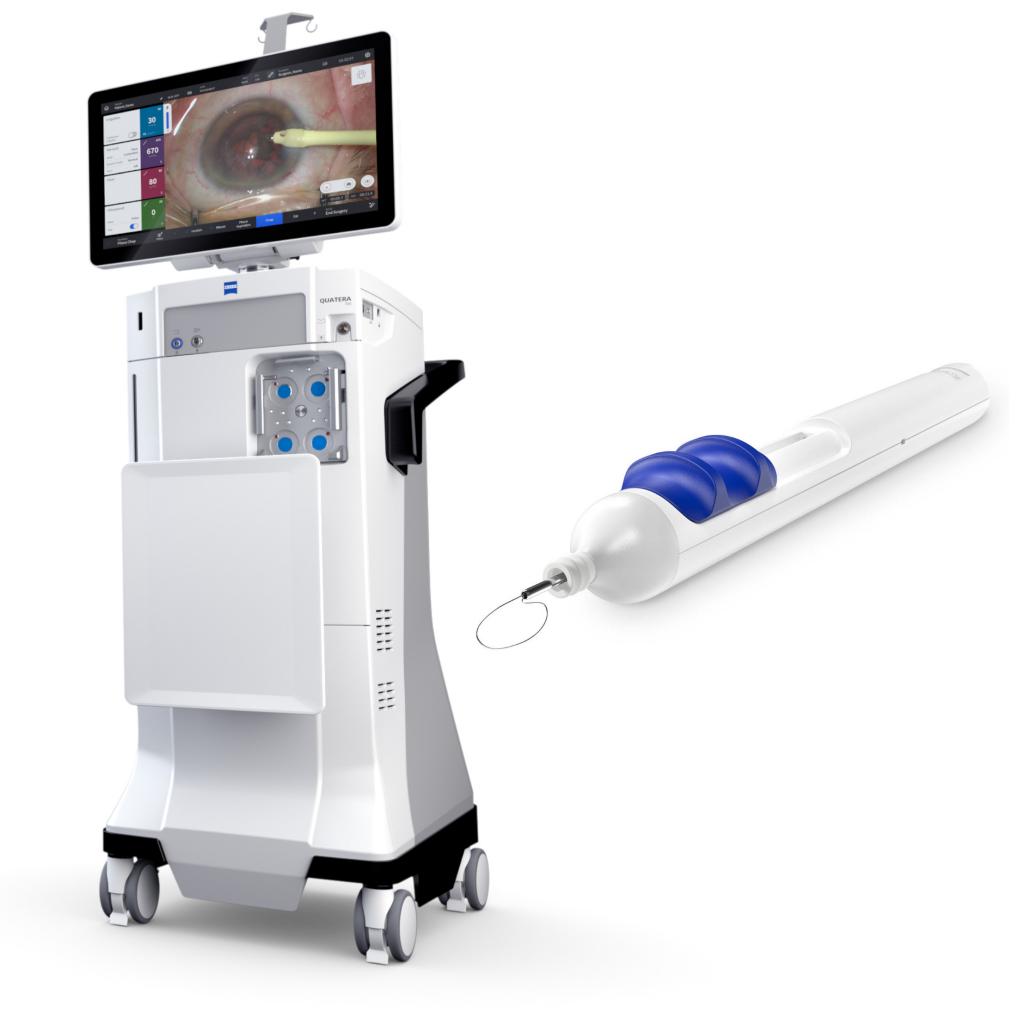


Leave a Reply